Seoul Travel Hacks
First published on TripZilla, in collaboration with ZUJI.
I’ve always found the thought of travelling to a foreign city – especially one where I don’t speak the native language! – a little daunting. However, I didn’t let this stop me from travelling to South Korea, and it turns out that Seoul might just be one of my new favourite countries to travel to! Great food, fantastic sights and an intriguing culture… Really, what’s not to like?
On my last trip to Seoul, I managed to uncover some awesome travel hacks that allowed me to have a seamless and fuss-free trip. I ditched the guidebooks and went by instinct; most of my itinerary was unplanned and I simply figured things out along the way. From where to get cheap food to how to ask the locals for directions to finding alternative accommodation options, here are some of my secrets that will hopefully make your next adventure in Seoul a little bit easier.
1. Always be prepared with screenshots of places that you want to visit
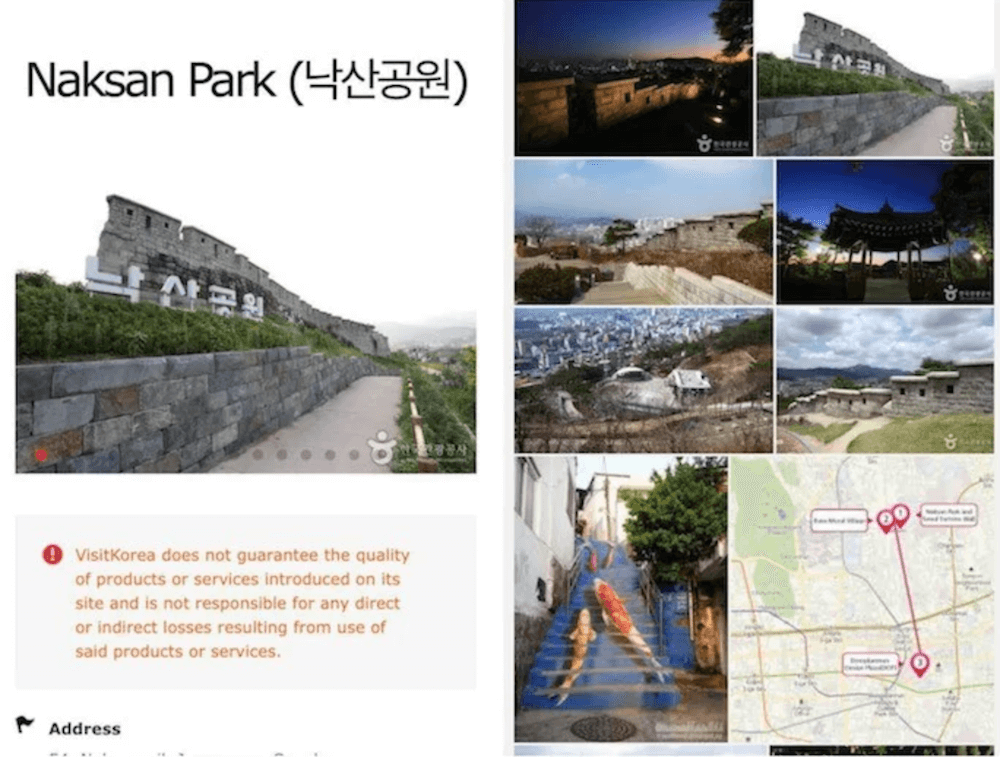
Yes, most, if not all, locals speak Korean and yes, not many speak English. Oh, the horrors! However, don’t let this send you into an induced panic – being in a country where you can’t understand anything might not necessarily be a bad thing! In fact, throw all your inhibitions asunder and embrace all that strangeness and unfamiliarity. It’s all part and parcel of discovering a new country.
However, to make your life easier, always take screenshots of places that you want to discover during your trip. Trust me, this will come in really handy when you’re lost and surrounded by people who cannot understand you. Like they say, a picture speaks a thousand words and frankly, pictures are pretty much universally understood. All you have to do is approach any passer-by, show them a screenshot of where you want to go, and voila! They’ll more or less be able to point you in the right direction.
Tip: If you’re unable to get the exact directions you’re looking for, the Korea Tourism Organisation offers a free 24/7 hotline that functions like a concierge service. Just dial 1330 from any phone and ask away! However, I highly recommend reserving this as a last resort – it’s just that much more fun to interact with the locals and to try figuring your way around!
2. Choose alternative accommodations, such as a temple or jjimjilbang stay
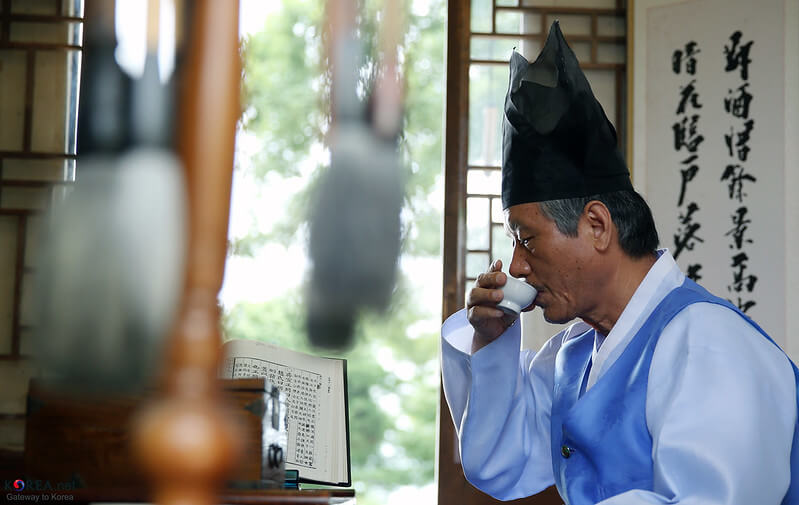
Image credit: Republic of Korea
Hotels, hostels and Airbnbs are a dime a dozen in Seoul. On your next trip there, why not try something different such as a temple or a jjimjibang stay? I decided to try both on separate nights, each of which turned the concept of accommodation from being just a place to stay to something so much more!
I chose the temple stay program at Bongeunsa Temple (Samseong Station, Seoul Subway Line 2, Exit 6), which consists of a 2D1N stay, a traditional tea ceremony, sessions of meditation and more. Staying in the temple and waking before the crack of dawn was quite an experience but my favourite part of the stay was when I got to have a conversation with one of the resident monks over a steaming cup of tea. The monk spoke in a deep calming voice, albeit in broken English, and apologised for his lack of fluency. I was surprised that he even felt the need to apologise! This, however, just added to the entire experience, and I highly recommend it to anyone.
Tip: If you want the temple stay experience without staying a night, you can opt for day programs. Visit the temple’s Foreigners’ Information Centre for more details, where on-site registration is also available.
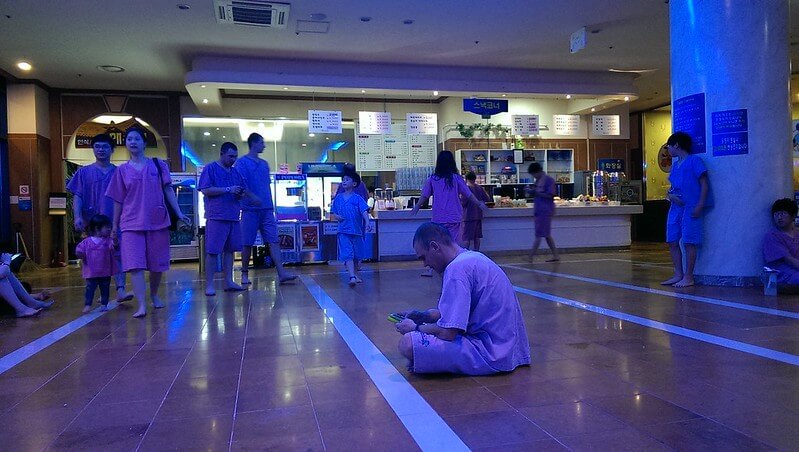
Image credit: peace ken
Jjimjilbangs, on the other hand, are public bath houses which offers baths and saunas for guests to relax in. Guests can also opt to spend the night in one; floor mats or mattresses are provided for each staying guest who congregate in a common sleeping area. I found this concept a little alarming at first, but settled in soon enough! The bath house also offers cheap meals, and it was oddly satisfying to have a bowl of ramyun (instant noodles) after a soak in the baths.
Tip: Jjimjilbangs are a cheap form of accommodation but should you desire a higher level of comfort, you can opt to stay in one of the more expensive establishments which feature movie theatres and spa treatments.
3. Don’t underestimate the potency of Soju or Makgeolli (types of Korean alcohol)
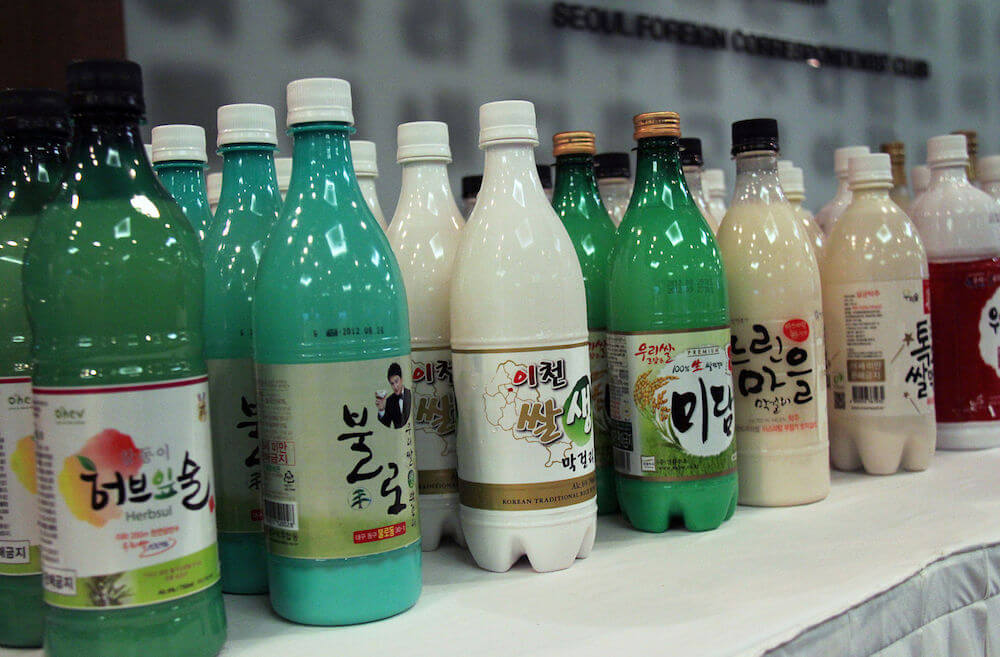
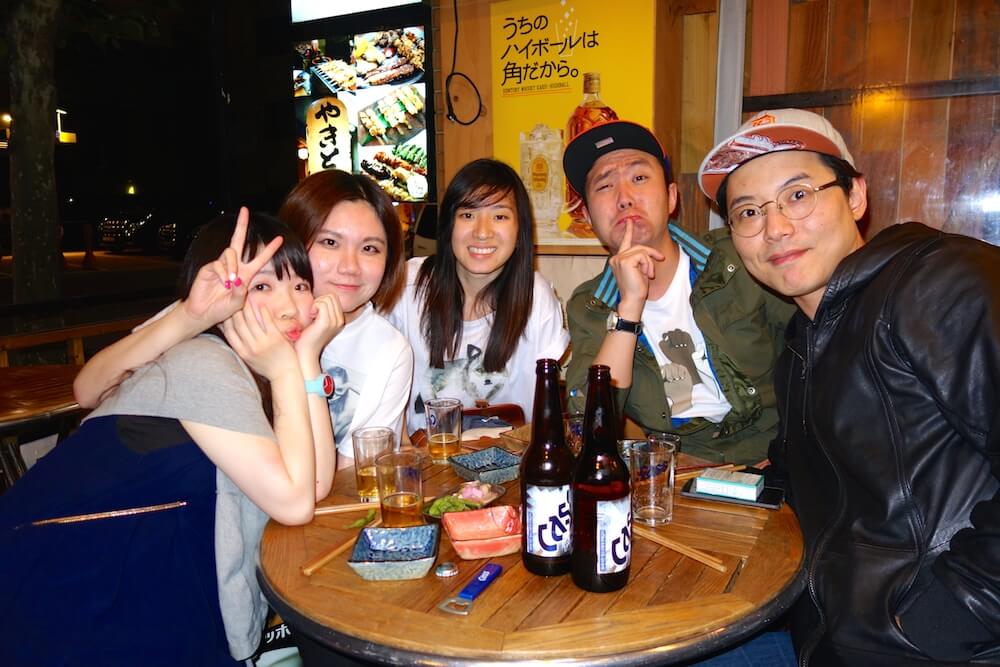
Image credit: (top) Korea_ Makgelli
Soju and Makgeolli are two immensely popular types of Korean alcohol. Soju is clear and colourless, while Makgeolli is milky with a sweeter taste. These two drinks are staples in the Korean diet and they can be found in restaurants and bars all over the city. They usually come in clear plastic bottles and are often served neat.
Both alcohols are sometimes served in giant fruit bowls – for example, Watermelon Soju consists of a mixture of watermelon juice and Soju served in half a carved-out watermelon. My warning to you is this: the effect of Soju and Makgeolli, especially those served in fruit bowls, normally only kick in after a pretty extended period of time. The fruity taste is overpowering, and sometimes makes one forget that one is actually consuming alcohol. The result? You gulp down one cup after the other and… the rest is history.
Tip: A popular way to consume Soju is with the ‘Soju bomb’, where a shot of Soju is dropped into a glass of beer and gulped down together. Be warned that this will get you drunk at an accelerated pace, so do keep track of how much alcohol you’re consuming!
4. Visit university canteens for cheap food
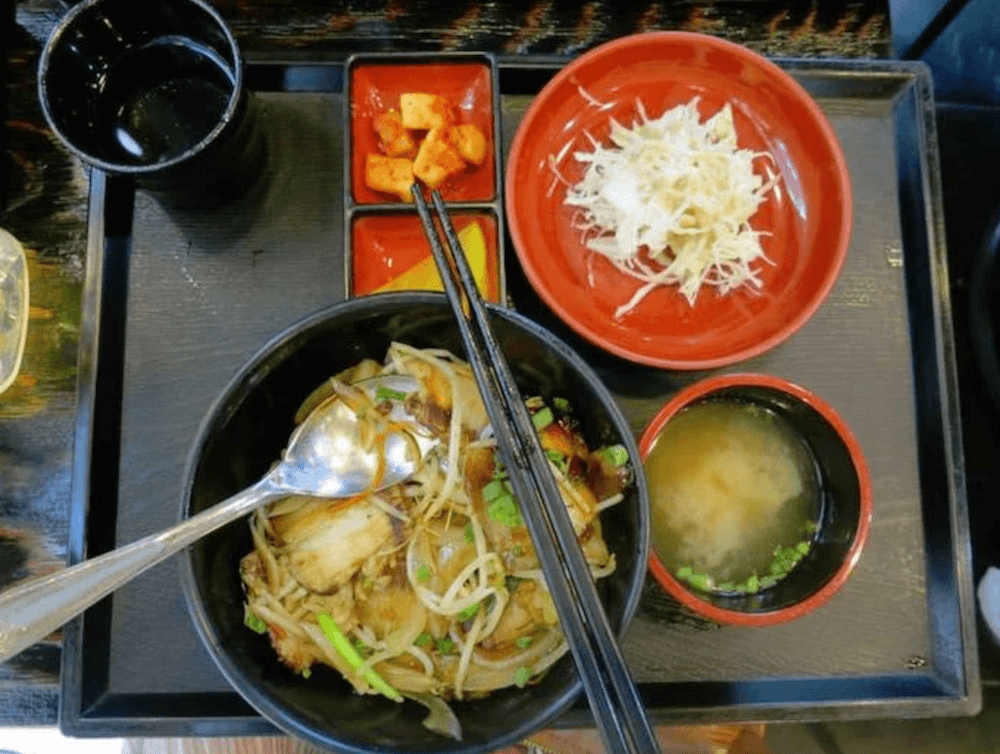
Image credit: Isabelle Chong
I’ve heard so much about the university areas in Seoul, which are reputed to be any shopaholic’s paradise with lots of bargain buys and an eclectic variety of street stalls. Most of the universities in Seoul are generally open to the public and welcome eager explorers. All the better if you look like a student – you’ll blend right in!
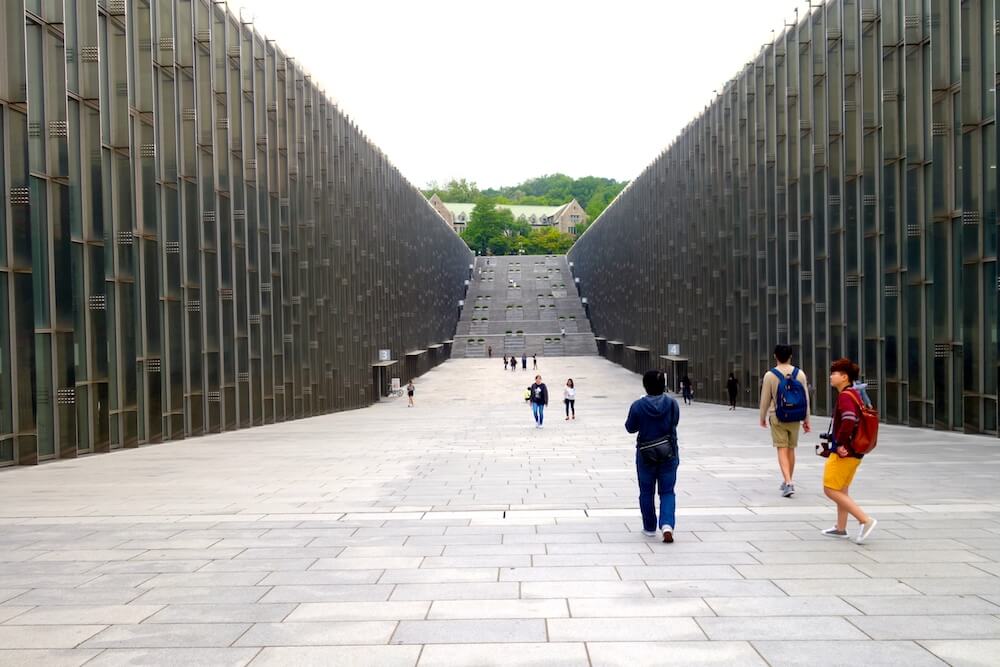
I recommend visiting Ewha Women’s University, where its unique architecture provides a stunning backdrop for aspiring photographers. Should you feel peckish after all that exploring, head to the canteen for a (literal) taste of university life in Korea. The university canteens often offer a large range of food which are all priced rather cheaply, which is great for travellers! Another beautiful university to visit would be Yonsei University, which is home to lush sprawling gardens. The canteen at Yonsei University serves really cheap and good food too!
Tip: Make sure your visit doesn’t coincide with lunchtime to avoid jostling with throngs of hungry students. Also, why not choose to buy the university’s campus shirts or jackets for the fun of it?
5. Discover places that aren’t normally found in guidebooks
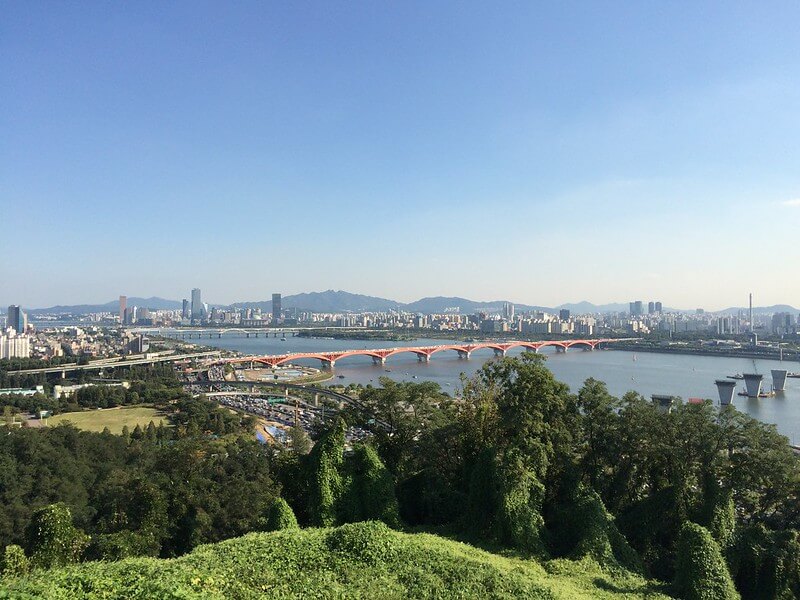
Image credit: Alan Jang
Visiting N Seoul Tower and Bukchon Hanok Village are a must when in Seoul, but do set aside time in your itinerary for discovering the hidden gems that the city has to offer. I love going off the beaten path and find particular delight in uncovering places that aren’t usually mentioned in guidebooks. One of the places that I chanced upon was Haneul Park, also known as Sky Park, where I could feast my eyes on gorgeous views of Seoul and the surrounding mountains. This is a great alternative to Bukhansan National Park, as it’s every bit as beautiful but without the crowds!
Tip: Haneul Park is one of five parks that make up the World Cup Park (World Cup Stadium Station, Seoul Subway Line 6, Exit 1). You might even be able to catch a view of the sunset over the Hangang River from various spots in the parks!
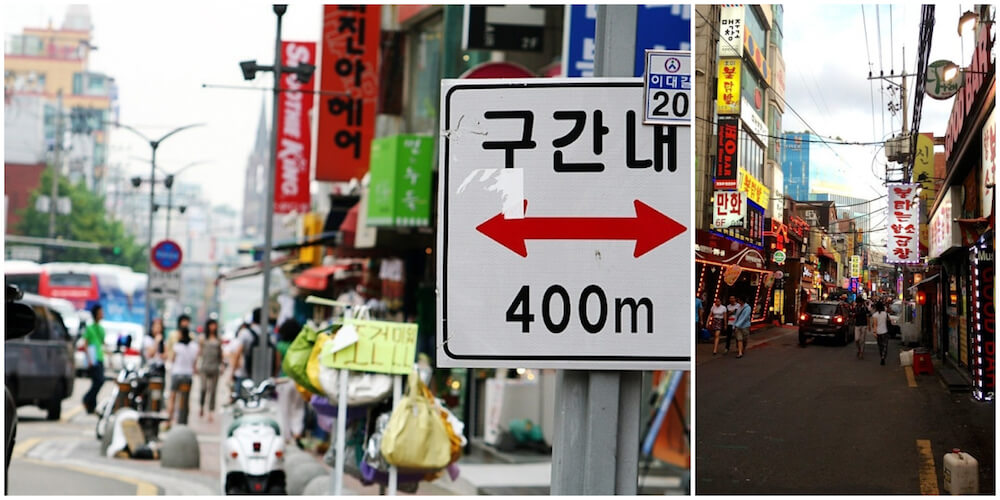
Image credit: (left) Rob Malouf; (right) d’n’c’
Another district that I really like is the Sinchon-dong neighbourhood, which is located in between Ewha University Station and Hongik University Station on the Seoul Subway Line 2. I was immediately mesmerised by the vibrancy of the area; I felt like I was discovering my own little part of Seoul, where I could take my time to café-hop, saunter among the countless street stalls and indulge in a couple of drinks after dinner. The neighbourhood is filled with lots of cafes, restaurants, pubs and the quintessential street stalls, and is best explored through aimless wandering.
Tip: For a sumptuous meal, visit Baobab Story in Sinchon-dong. This Korean restaurant offers an all-you-can-eat tteokbokki(spicy rice cakes) buffet for just 5,900 won (~SGD$7.20).
6. Don’t be put off by the prominent group culture
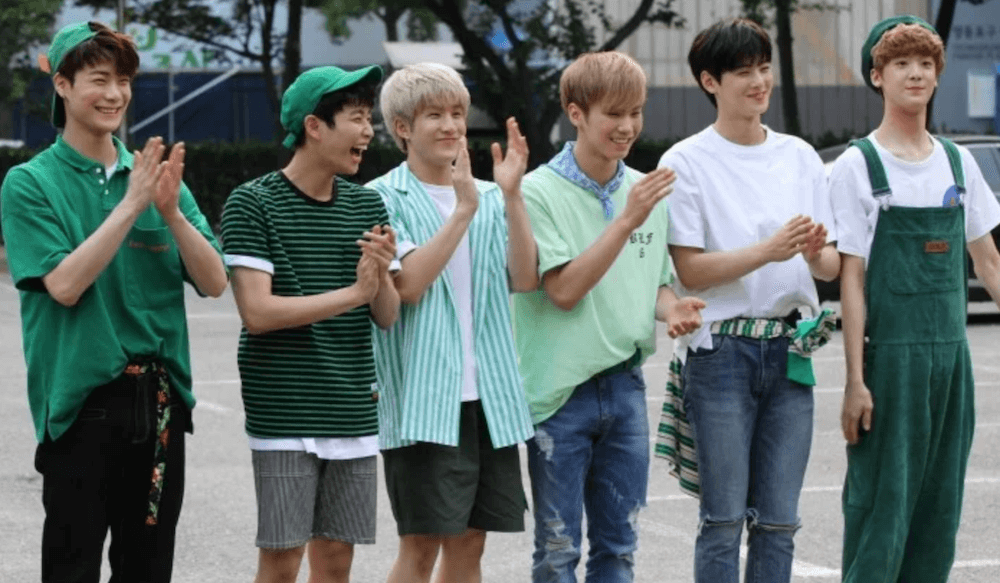
Image credit: solkka
The above might be a picture of the South Korean band, Astro, but this was seriously what I saw everywhere in Korea. The group culture here in Seoul is overwhelmingly prominent; everywhere I went I saw couples dressed in matching couple tees and groups of friends dressed in similar colour schemes. I hardly saw people walking alone or dining by themselves!
Unlike Japan, most of the restaurants here in Seoul largely cater to groups. This thus poses a problem for solo travellers, as not all restaurants are willing to seat a lone diner. This might sound absurd, but trust me I speak from experience! I travelled to Seoul on my own, and have been turned away – on more than one occasion – from quite a few restaurants. At times, I was able to get a table only to be asked to order two portions instead of one.
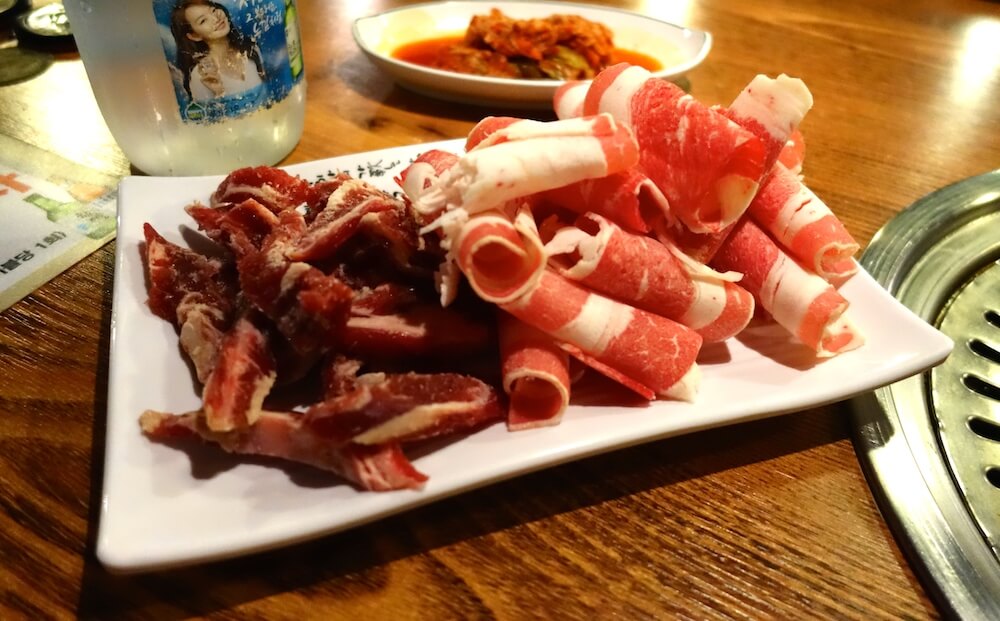
However, don’t let this put you off – the group culture is undoubtedly prominent, but that doesn’t mean you can’t get around it! The trick is to be thick-skinned; order two portions if you have to, the portions are generally pretty small (as shown in the picture above) so you probably won’t have a problem polishing off everything. It might seem intimidating, but I’ve had Korean BBQ all by my lonesome and it was fantastic! If I can do it, so can you.
Tip: Always try to choose restaurants that have pictures on their menus or, if you’re lucky, separate English menus. This will save you the trouble of trying to communicate with the local waiter; all you have to do is to point at the picture of your chosen meal!
7. Download the ‘Subway Korea’ app (it’s a lifesaver!) + Know Your Subway Exits
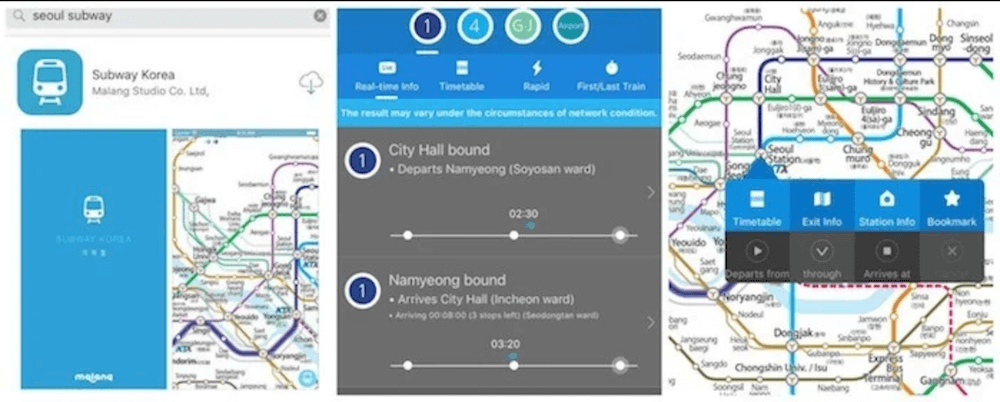
One thing that I’ve learnt from my trip to Seoul is to never underestimate the power of the subway lines. The subway lines are all seamlessly interconnected and cover virtually all of Seoul. The trains are efficient, and extremely punctual. They’re also really clean!
Download the subway app – ‘Subway Korea’ – to help you in your navigation. What I liked most about this app was its offline nature; I was easily able to check train routes on the go. The app is very intuitive and easy to use, displaying information in a clear and straightforward fashion. The app came in extremely handy and I daresay it’s one of the must-haves when visiting Korea!
Tip: Get a T-money card, which is Seoul’s version of Singapore’s EZ-Link card. The T-money card is a universal transportation card that can be used on the subways, for all public bus rides or even for your taxi rides around the city. The card can be bought from almost any convenience store or from the dispensing machines located in Seoul’s major subway stations.
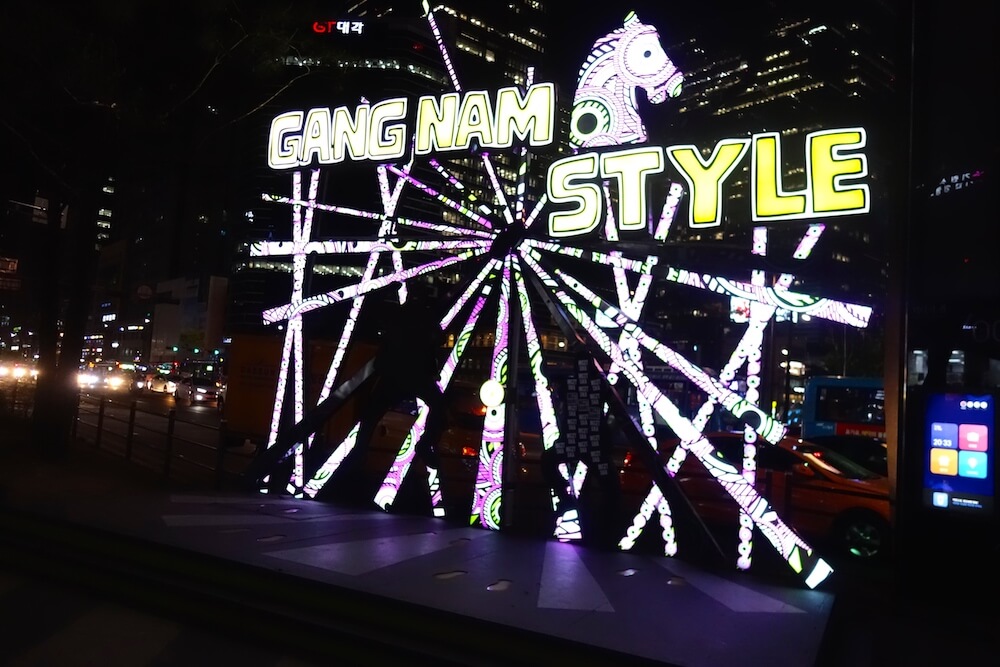
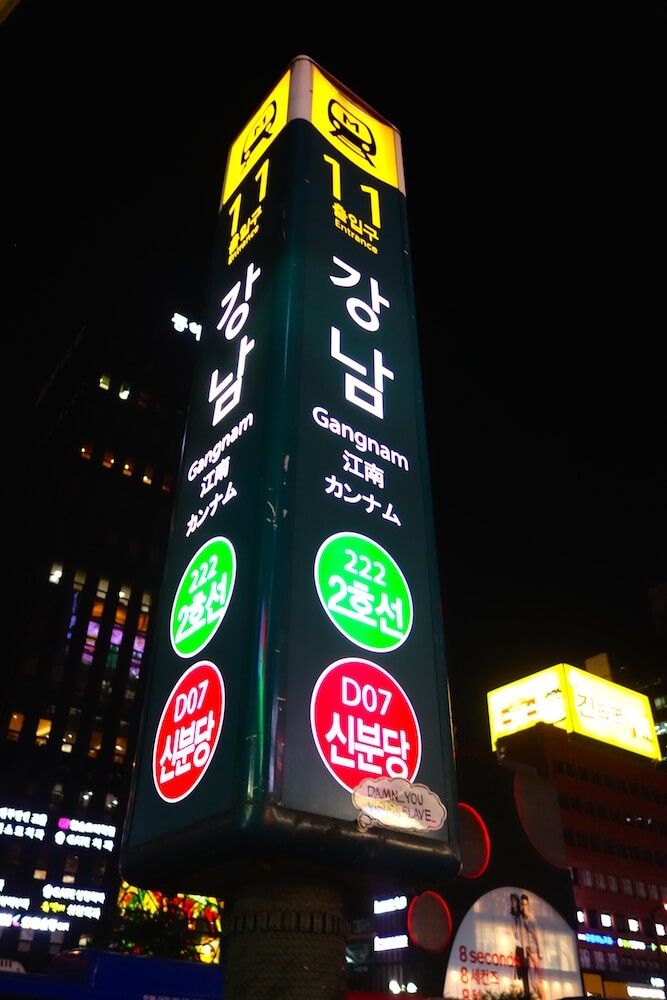
Another thing that you’d notice is that every subway station has numerous exits, some of which located pretty far from each other. When you do your research, do ensure that you keep in mind which exit to take. For example, if you’re looking to take a photo with the famous ‘Gangnam Style’ sign, take exit 11 from Gangnam Station. Taking exit 4 or 7, for instance, will not get you anywhere near the sign.
Finally, I just have two other points to help you be on your way! Firstly, learn to speak their language. This is not to say that you have to learn how to speak Korean, but a simple annyeong-hasaeyo (‘Hello’), shil-le-hamida (‘Excuse me’) or gam-sahmida (‘Thank you’) will suffice. These phrases might seem simple but they’ll go a long way – the locals will appreciate you trying to speak their language and may be more willing to extend a helping hand in return.
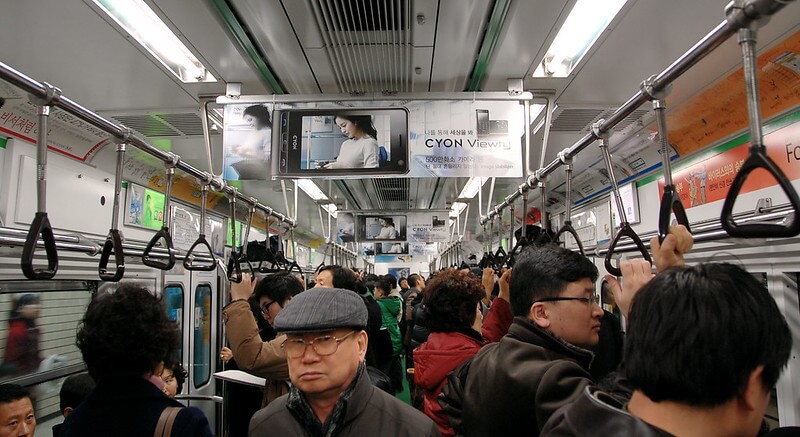
Image credit: LWYang
Secondly, get used to being pushed. A lot. I was rather offended when I was pushed aside in the subway station, but was later told that this is customary among Koreans. For them to say shil-le-hamida (‘Excuse me’ in Korean) requires a reciprocal exchange of words, and thus they have largely fallen into the habit of pushing in order to cut short all these unnecessary courtesies. Thus, don’t be taken aback by the ‘blatant rudeness’ of Koreans – they’re not being rude, they’re simply doing what Koreans do!
Arm yourself with these secrets, and you’ll be all set to conquer Seoul! All these travel hacks have served me well, and I hope they come in useful for your trip too.

0 Comments Add a Comment?